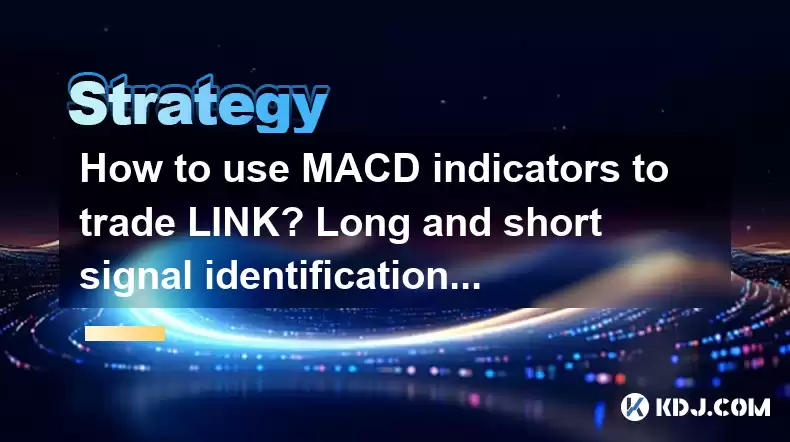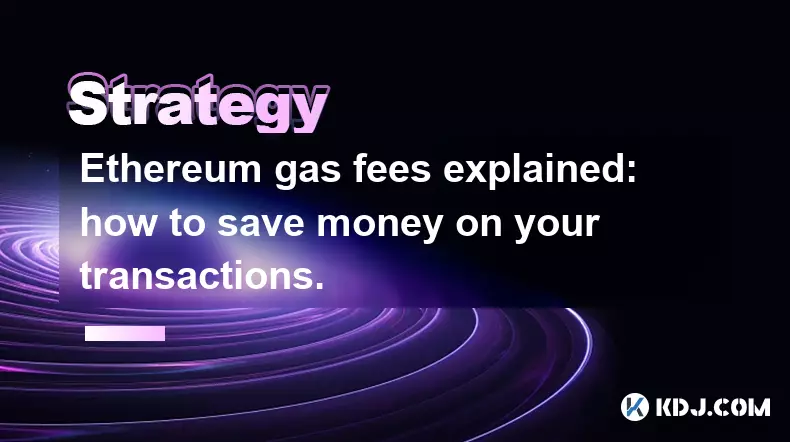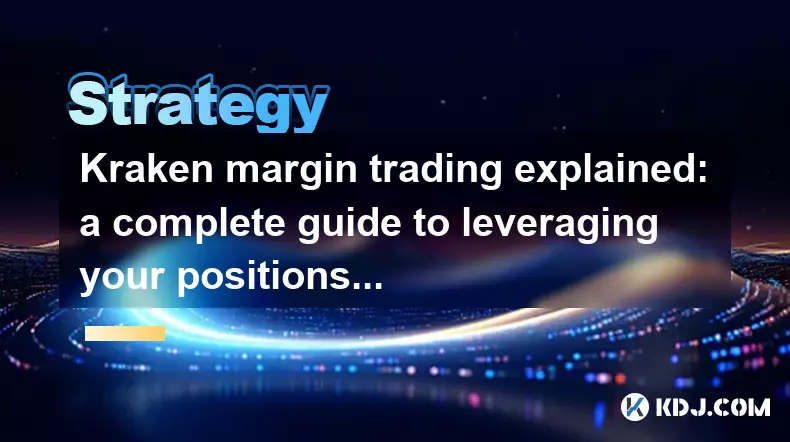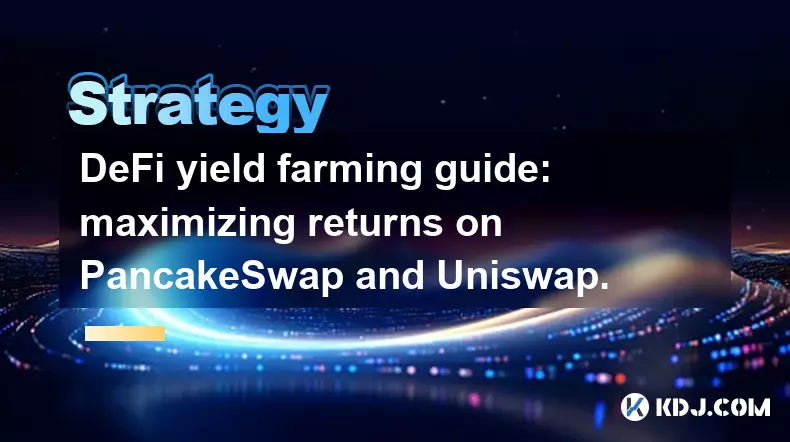-
 bitcoin
bitcoin $103128.103252 USD
-3.33% -
 ethereum
ethereum $3437.127692 USD
-4.86% -
 tether
tether $0.999700 USD
-0.02% -
 xrp
xrp $2.403993 USD
-5.73% -
 bnb
bnb $961.374676 USD
-4.11% -
 solana
solana $154.938665 USD
-8.18% -
 usd-coin
usd-coin $1.000113 USD
0.03% -
 tron
tron $0.298122 USD
0.30% -
 dogecoin
dogecoin $0.172428 USD
-5.76% -
 cardano
cardano $0.557625 USD
-7.13% -
 hyperliquid
hyperliquid $38.740701 USD
-6.51% -
 chainlink
chainlink $15.306051 USD
-7.51% -
 bitcoin-cash
bitcoin-cash $507.558648 USD
-3.26% -
 stellar
stellar $0.281899 USD
-6.74% -
 unus-sed-leo
unus-sed-leo $9.241811 USD
0.57%
How to use MACD indicators to trade LINK? Long and short signal identification skills
Use MACD to trade LINK: bullish signals when MACD line crosses above signal line, bearish when below. Combine with RSI, moving averages for confirmation.
Apr 29, 2025 at 08:28 pm

Trading cryptocurrencies like Chainlink (LINK) can be a complex endeavor, but using technical analysis tools like the Moving Average Convergence Divergence (MACD) indicator can help traders make more informed decisions. The MACD is a trend-following momentum indicator that shows the relationship between two moving averages of a cryptocurrency's price. In this article, we will delve into how to use the MACD indicator to trade LINK, focusing on identifying long and short signals.
Understanding the MACD Indicator
The MACD indicator consists of three components: the MACD line, the signal line, and the histogram. The MACD line is calculated by subtracting the 26-period Exponential Moving Average (EMA) from the 12-period EMA. The signal line is a 9-period EMA of the MACD line. The histogram represents the difference between the MACD line and the signal line.
To use the MACD effectively, it's crucial to understand how these components interact. When the MACD line crosses above the signal line, it is considered a bullish signal, suggesting that it might be a good time to buy. Conversely, when the MACD line crosses below the signal line, it is considered a bearish signal, indicating a potential time to sell or short.
Setting Up the MACD on Your Trading Platform
Before you can start using the MACD to trade LINK, you need to set it up on your trading platform. Here are the steps to do so:
- Open your trading platform: Navigate to the platform where you trade LINK.
- Select the LINK chart: Choose the LINK/USD or LINK/BTC pair, depending on your trading preference.
- Add the MACD indicator: Look for the indicators menu and select MACD. Most platforms will allow you to customize the settings, but the default settings (12, 26, 9) are typically sufficient for beginners.
- Adjust the timeframe: You can set the timeframe according to your trading strategy, whether it's short-term (e.g., 1-hour charts) or long-term (e.g., daily charts).
Identifying Long Signals with MACD
Long signals are crucial for traders looking to buy LINK with the expectation that its price will rise. Here’s how to identify these signals using the MACD:
- MACD Line Crossing Above Signal Line: A primary long signal occurs when the MACD line crosses above the signal line. This crossover indicates that the short-term momentum is increasing relative to the long-term momentum, suggesting a potential upward price movement.
- Positive Histogram: Another indication of a long signal is when the histogram bars turn positive (above the zero line). This shows that the MACD line is above the signal line, reinforcing the bullish sentiment.
- Divergence: Bullish divergence occurs when the LINK price makes a lower low, but the MACD makes a higher low. This divergence can signal a potential reversal to the upside.
Identifying Short Signals with MACD
Short signals are essential for traders who want to sell or short LINK, anticipating a price decline. Here’s how to spot these signals using the MACD:
- MACD Line Crossing Below Signal Line: A primary short signal is when the MACD line crosses below the signal line. This crossover suggests that the short-term momentum is decreasing relative to the long-term momentum, indicating a potential downward price movement.
- Negative Histogram: A bearish signal is also indicated when the histogram bars turn negative (below the zero line). This shows that the MACD line is below the signal line, reinforcing the bearish sentiment.
- Divergence: Bearish divergence occurs when the LINK price makes a higher high, but the MACD makes a lower high. This divergence can signal a potential reversal to the downside.
Combining MACD with Other Indicators
While the MACD is a powerful tool, it's often beneficial to use it in conjunction with other technical indicators to confirm signals. Here are some common combinations:
- MACD and RSI: The Relative Strength Index (RSI) can help confirm overbought or oversold conditions. If the MACD indicates a bullish signal and the RSI is below 30 (indicating oversold), it might be a strong buy signal.
- MACD and Moving Averages: Using simple or exponential moving averages can help confirm trends. If the MACD signals a bullish crossover and the price is above a key moving average, it might reinforce the long signal.
- MACD and Bollinger Bands: Bollinger Bands can help identify volatility. If the MACD signals a bearish crossover and the price is at the upper Bollinger Band, it might suggest a strong sell signal.
Practical Example of Trading LINK Using MACD
To illustrate how to use the MACD to trade LINK, let's walk through a hypothetical scenario:
- Scenario: You are analyzing the LINK/USD chart on a 4-hour timeframe.
- Observation: You notice that the MACD line has just crossed above the signal line, and the histogram bars are turning positive.
- Action: This is a potential long signal. You decide to buy LINK at the current price of $20.
- Confirmation: You check the RSI, which is at 45, indicating that LINK is not overbought. Additionally, the price is above the 50-day moving average, further confirming the bullish trend.
- Trade Management: You set a stop-loss at $18 to manage risk and a take-profit at $24, based on recent resistance levels.
Monitoring and Adjusting Your Trades
Once you have entered a trade based on MACD signals, it's crucial to monitor the market and adjust your positions as necessary. Here are some tips:
- Watch for Signal Reversals: Keep an eye on the MACD for any signs of reversal. If the MACD line crosses back below the signal line after you've entered a long position, it might be time to exit or adjust your stop-loss.
- Adjust Stop-Loss and Take-Profit Levels: As the price moves in your favor, consider trailing your stop-loss to lock in profits. You might also adjust your take-profit level based on new resistance or support levels.
- Stay Informed: Keep up with market news and events that could impact LINK's price. Sudden changes in market sentiment can affect your trades, even if the technical indicators suggest otherwise.
Frequently Asked Questions
Q1: Can the MACD be used effectively on different timeframes for trading LINK?Yes, the MACD can be used on various timeframes, from short-term (e.g., 15-minute charts) to long-term (e.g., weekly charts). The effectiveness of the MACD may vary depending on the timeframe, but it can provide valuable insights across different trading horizons.
Q2: How often should I check the MACD when trading LINK?The frequency of checking the MACD depends on your trading strategy. For day traders, checking the MACD every few hours or even more frequently on shorter timeframes might be necessary. For swing traders, checking it once or twice a day on longer timeframes could be sufficient.
Q3: Is it possible to use the MACD for scalping LINK?Yes, the MACD can be used for scalping LINK, especially on very short timeframes like 1-minute or 5-minute charts. However, scalping requires quick decision-making and a high level of discipline, as the signals can be more frequent and potentially less reliable.
Q4: How can I avoid false signals when using the MACD to trade LINK?To avoid false signals, consider using the MACD in conjunction with other indicators, as mentioned earlier. Additionally, waiting for confirmation from price action, such as a candlestick pattern or a breakout, can help filter out false signals. It's also important to understand the overall market context and not rely solely on the MACD.
Disclaimer:info@kdj.com
The information provided is not trading advice. kdj.com does not assume any responsibility for any investments made based on the information provided in this article. Cryptocurrencies are highly volatile and it is highly recommended that you invest with caution after thorough research!
If you believe that the content used on this website infringes your copyright, please contact us immediately (info@kdj.com) and we will delete it promptly.
- Shiba Inu, Whales, and Coinbase: Decoding the Latest Crypto Moves
- 2025-11-13 04:35:01
- HUGS, SOL, and the Altcoin Landscape: Navigating the 2025 Crypto Wave
- 2025-11-13 03:50:02
- Crypto Gems Alert: BlockchainFX, Tron, and the Hunt for 100x Gains
- 2025-11-13 03:55:01
- The Last Penny: US Mint Cancels the Coin – What Does It Mean?
- 2025-11-13 03:50:02
- LTC Price Rally Eyes $130, While $EV2 Presale Gains Traction
- 2025-11-13 04:10:01
- Bybit, Freezes, and Decentralization: A Chilling Look at Blockchain Control
- 2025-11-13 04:00:01
Related knowledge

Navigating a crypto bear market: strategies for survival and profit.
Nov 05,2025 at 02:04pm
Navigating a Crypto Bear Market: Strategies for Survival and Profit Surviving a crypto bear market requires more than just patience—it demands strateg...

Ethereum gas fees explained: how to save money on your transactions.
Nov 04,2025 at 04:01pm
Ethereum Gas Fees: Understanding the Basics1. Ethereum operates on a decentralized network where every transaction requires computational power to exe...

Kraken margin trading explained: a complete guide to leveraging your positions.
Nov 04,2025 at 02:19pm
Kraken Margin Trading Overview1. Kraken is one of the most established cryptocurrency exchanges offering margin trading to experienced traders seeking...

NFT flipping for beginners: a step-by-step guide to profitable trading.
Nov 02,2025 at 11:54pm
NFT Flipping Basics: Understanding the Market1. NFT flipping involves purchasing non-fungible tokens at a lower price and reselling them for profit, o...

DeFi yield farming guide: maximizing returns on PancakeSwap and Uniswap.
Nov 05,2025 at 12:20am
Understanding Yield Farming on PancakeSwap and Uniswap1. Yield farming has become a central activity in the decentralized finance (DeFi) space, allowi...

How to find the next 100x altcoin: a fundamental analysis checklist.
Nov 02,2025 at 09:54pm
Decentralized Exchanges Are Reshaping Trading Dynamics1. Decentralized exchanges (DEXs) have emerged as a powerful alternative to centralized platform...

Navigating a crypto bear market: strategies for survival and profit.
Nov 05,2025 at 02:04pm
Navigating a Crypto Bear Market: Strategies for Survival and Profit Surviving a crypto bear market requires more than just patience—it demands strateg...

Ethereum gas fees explained: how to save money on your transactions.
Nov 04,2025 at 04:01pm
Ethereum Gas Fees: Understanding the Basics1. Ethereum operates on a decentralized network where every transaction requires computational power to exe...

Kraken margin trading explained: a complete guide to leveraging your positions.
Nov 04,2025 at 02:19pm
Kraken Margin Trading Overview1. Kraken is one of the most established cryptocurrency exchanges offering margin trading to experienced traders seeking...

NFT flipping for beginners: a step-by-step guide to profitable trading.
Nov 02,2025 at 11:54pm
NFT Flipping Basics: Understanding the Market1. NFT flipping involves purchasing non-fungible tokens at a lower price and reselling them for profit, o...

DeFi yield farming guide: maximizing returns on PancakeSwap and Uniswap.
Nov 05,2025 at 12:20am
Understanding Yield Farming on PancakeSwap and Uniswap1. Yield farming has become a central activity in the decentralized finance (DeFi) space, allowi...

How to find the next 100x altcoin: a fundamental analysis checklist.
Nov 02,2025 at 09:54pm
Decentralized Exchanges Are Reshaping Trading Dynamics1. Decentralized exchanges (DEXs) have emerged as a powerful alternative to centralized platform...
See all articles










































































